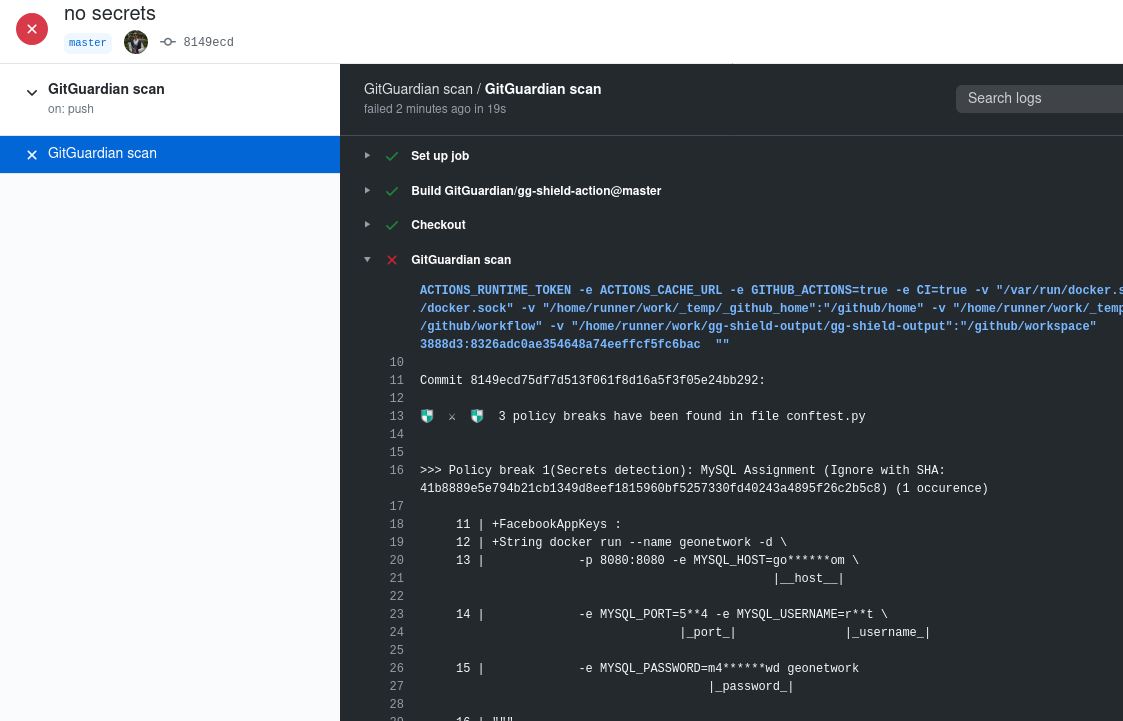
In our case we tell GitHub to run this workflow whenever we push new code to the repository. We then tell GitHub when to run this workflow with the on option.

We start by naming the workflow so it's easier to see the name in GitHub's web app. There are a couple of configuration options inside this workflow file that are common to most GitHub Actions workflows. We will start by adding a basic workflow file: github/workflows directory inside your repository. GitHub Actions is looking for any YAML file in the. GitHub Actions is automatically enabled for new repositories and all you need to do in order to start your first CI run is to add a GitHub Actions workflow configuration file. It's usually best to get familiar with and start using the git command line tool from the beginning. If you are new to Git or GitHub, simply follow these instructions on creating a new repository. You can also find all files for this project in this article's repository on GitHub. For this article we are creating a repository called example-github-automation but you can name it anything you like. We will start by creating a new empty GitHub repository.
#GITHUB ACTIONS STATUS HOW TO#
You just need some basic understanding of how to use Git and GitHub, that's it, so let's go! Initial Repository and GitHub Actions We will also look at submitting and reporting our test results to a testing tool. In this guide we will look at all the details of setting up a new test automation workflow with GitHub Actions. Whether you are including your tests directly in your main build/deploy workflow, or alternatively have your QA/testing team maintain a separate repository just for testing: using GitHub Actions is a great investment to improve your test execution. Running your automated tests as part of your GitHub Actions CI workflow is a great way to automatically test new versions of your code as updates get pushed to your repository.


 0 kommentar(er)
0 kommentar(er)
